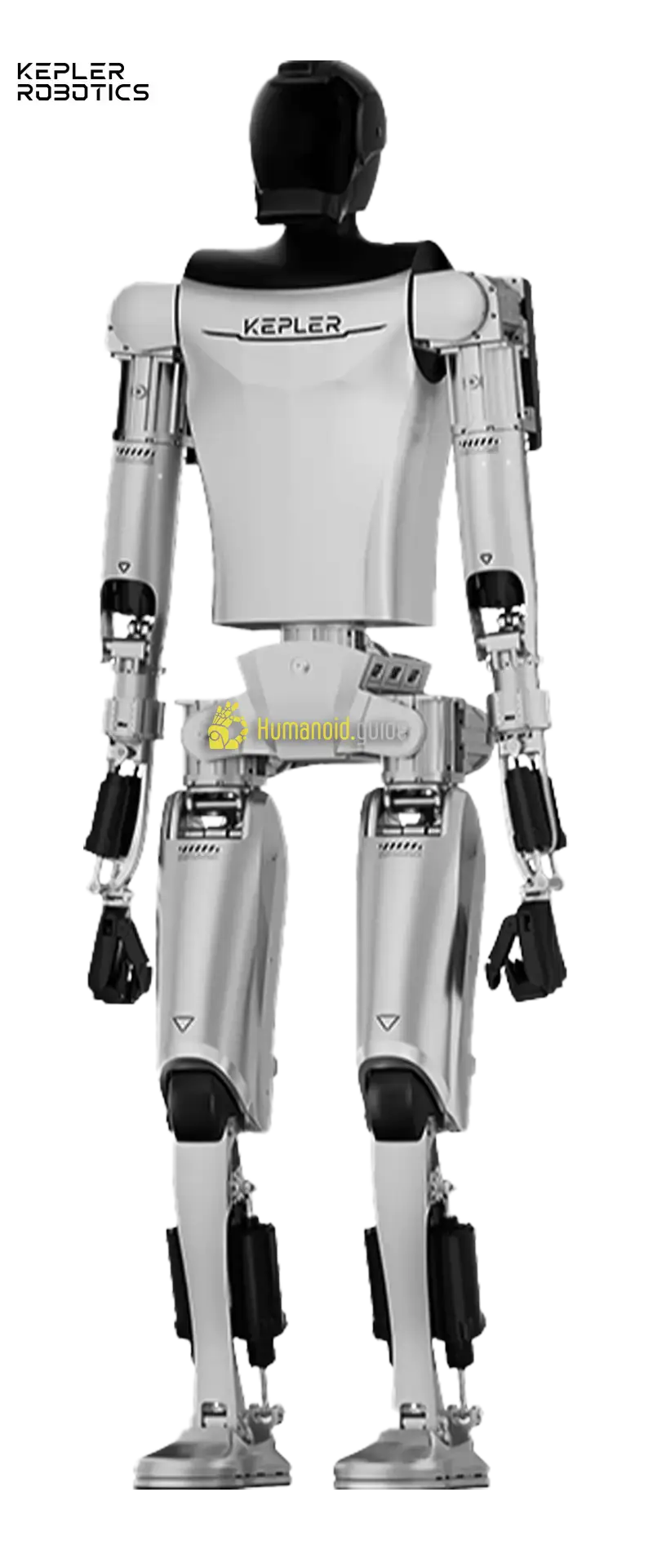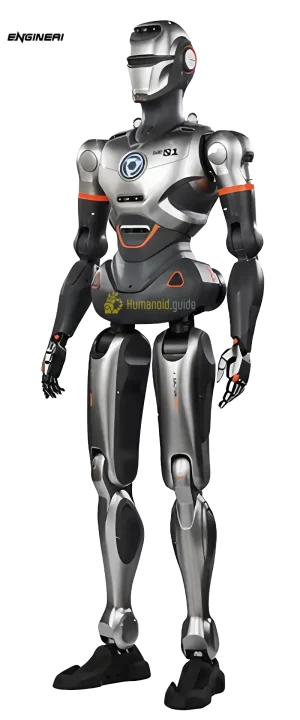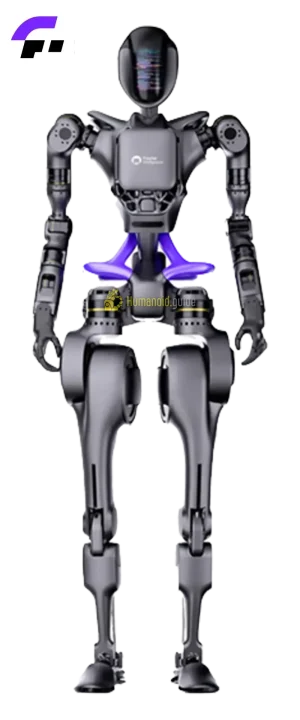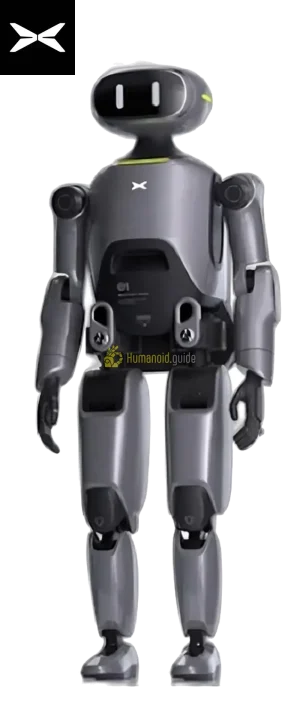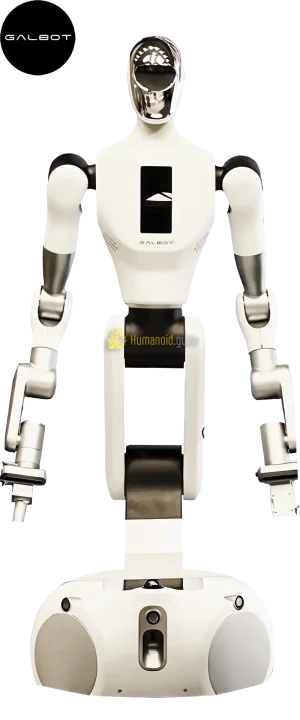Kepler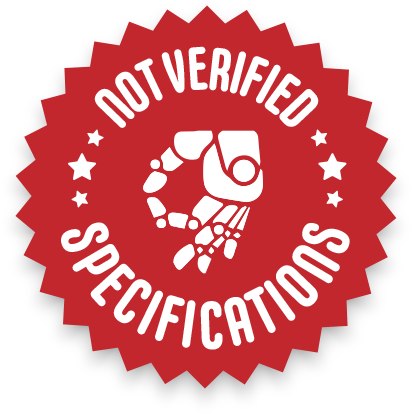

$ 85 000

Kepler Exploration Robot Co., Ltd. has made waves in the robotics industry with its innovative Kepler Forerunner series of humanoid robots. This Chinese company, founded in 2023, has quickly established itself as a formidable player in the field of advanced robotics and artificial intelligence.
Humanoid.Guide skill score: 4/10 This score is calculated as the combined total of Navigation and Manipulation performance.

Specifications and details:
| Availability | Prototype |
|---|---|
| Nationality | China |
| Website | https://www.gotokepler.com/home |
| Degrees of freedom, overall | 25 |
| Degrees of freedom, hands | N/A |
| Height [cm] | 170 |
| Manipulation performance | 2 |
| Navigation performance | 2 |
| Max speed (km/h) | 5 |
| Strength [kg] | 15 |
| Weight [kg] | 88 |
| Runtime pr charge (hours) | 2 |
| Safe with humans | N/A |
| CPU/GPU | N/A |
| Ingress protection | N/A |
| Camera resolution | N/A |
| Connectivity | N/A |
| Operating system | N/A |
| LLM integration | N/A |
| Latency glass to action | N/A |
| Motor tech | N/A |
| Gear tech | N/A |
| Main structural material | N/A |
| Number of fingers | N/A |
| Main market | N/A |
| H.G skill score | 5 |
| Verified | Not verified |
| Walking Speed [km/h] | 3.5 |
| Shipping Size | N/A |
| Color | N/A |
| Manufacturer | Kepler Exploration Robot Co., Ltd. |
Description
The Kepler Forerunner humanoid robots series includes three advanced models—K1, S1, and D1—each standing 178 cm tall and weighing 85 kg. Designed for versatility, the Kepler Forerunner humanoid robots feature 40 degrees of freedom, AI-powered cognitive systems, and precise planetary roller screw actuators, making them ideal for industrial, research, and safety applications.
2026 Humanoid Robot Market Report
160 pages of exclusive insight from global robotics experts – uncover funding trends, technology challenges, leading manufacturers, supply chain shifts, and surveys and forecasts on future humanoid applications.

Featuring insights from
Aaron Saunders, Former CTO of
Boston Dynamics,
now Google DeepMind

2026 Humanoid Robot Market Report
160 pages of exclusive insight from global robotics experts – uncover funding trends, technology challenges, leading manufacturers, supply chain shifts, and surveys and forecasts on future humanoid applications.
One of the most notable features of the Kepler robots is their advanced mobility. Utilizing proprietary planetary roller screw actuators and rotary actuator technology, these robots can navigate complex terrains and avoid obstacles with remarkable agility. This technology allows for precise control and movement, mimicking human-like actions with exceptional accuracy.
The Kepler robots boast an impressive 40 degrees of freedom throughout their bodies, with 12 degrees of freedom in their hands alone. This high level of articulation enables them to perform intricate tasks and manipulations. The intelligent dexterous hands are a particular highlight, capable of grasping objects gently and performing delicate operations, rivaling human dexterity.
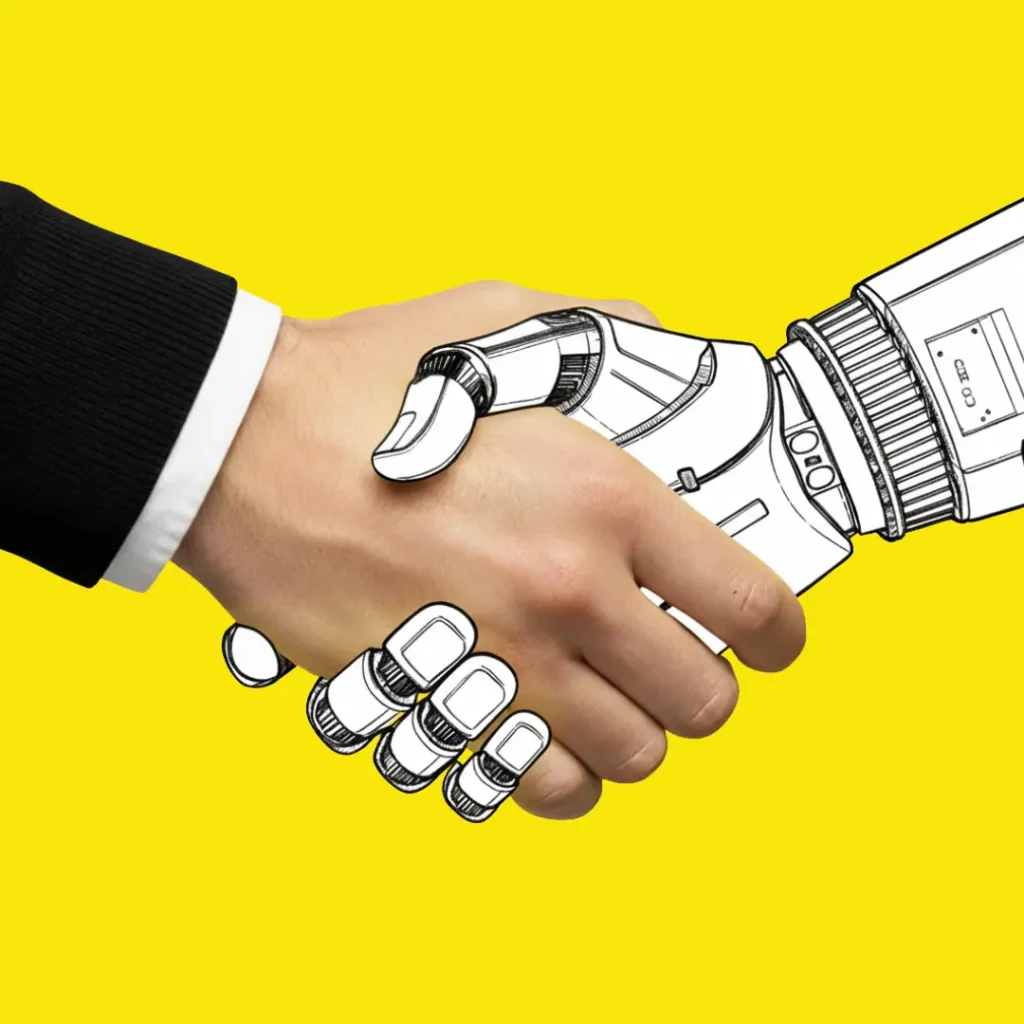
Get the Right Humanoid
Our Connect Service gives you a fixed-fee, unbiased shortcut to finding, testing, and choosing the right humanoid robot:
At the heart of the Kepler robots is the NEBULA system, a sophisticated AI-powered cognitive system. This technology enhances the robots’ ability to interact with their environment, addressing challenges in visual, auditory, and sensory perception. The NEBULA system integrates a powerful motherboard with 100 TOPS of computing performance, enabling advanced functions such as visual recognition, visual SLAM (Simultaneous Localization and Mapping), multimodal interaction, and hand-eye coordination.
Kepler has designed these robots for multifunctional use across various industries. They are well-suited for applications in education and research, automated production lines, intelligent material handling, complex environment inspections, emergency rescue services, and outdoor safety operations. The company also offers customization options to meet specific customer needs.In terms of market positioning, Kepler aims to make advanced humanoid robotics more accessible. The company plans to commence mass production in the second half of 2024, with an estimated retail price range of $20,000 to $30,000. This pricing strategy could potentially democratize access to sophisticated humanoid robots.Kepler’s commitment to innovation extends beyond hardware. The company has introduced the Kepler OS, a global developer platform that provides comprehensive development interfaces, reference projects, and extensive documentation. This initiative aims to foster collaboration and drive further advancements in the field of humanoid robotics.
As Kepler prepares to bring its Forerunner series to market, the company stands poised to make a significant impact on the future of robotics and AI-driven automation across various industries..
Contact Humanoid.guide
Website: www.linkedin.com/company/kepler-exploration-robotics.

